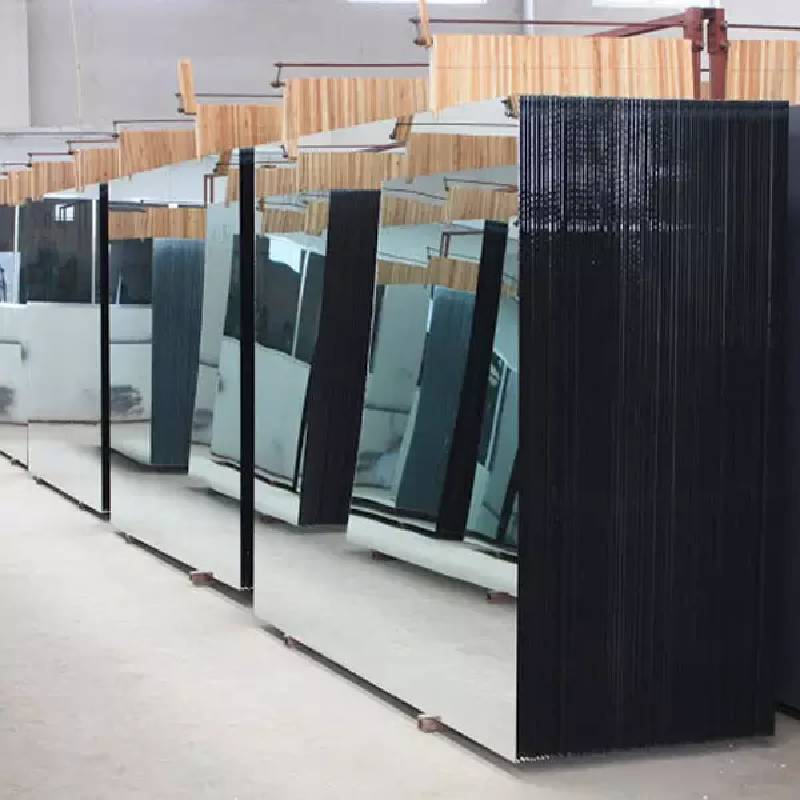Architectural Glass A Key Element in Modern Design
In the realm of modern architecture, glass has become an essential component that transcends mere functionality. Architectural glass not only enhances the aesthetic appeal of buildings but also plays a vital role in energy efficiency, sustainability, and occupant comfort. As we delve into the significance of architectural glass, it is crucial to understand its types, applications, and the innovations driving its development.
Types of Architectural Glass
Architectural glass comes in various forms, each serving different purposes. The most common types include
1. Float Glass The most basic form of glass, known for its clarity and smooth surface. Float glass is widely used in windows and facades.
2. Tempered Glass Strengthened through a heating and cooling process, tempered glass is more resistant to impact and thermal stress. It is commonly used in areas prone to high winds or in safety applications.
3. Laminated Glass Composed of two or more sheets of glass bonded by a layer of resin, laminated glass is used for safety and sound insulation. When shattered, it holds together, preventing injury.
4. Low-E Glass Low-emissivity (Low-E) glass helps reduce energy consumption by reflecting infrared light and minimizing UV rays, making it ideal for energy-efficient buildings.
5. Smart Glass This innovative glass can change its properties in response to external stimuli, such as light or electricity, allowing for dynamic control of privacy and heat gain.
Each type of glass offers unique benefits, enabling architects and designers to create spaces that are both beautiful and functional.
architectural glass ppt
Applications in Architecture
Architectural glass is versatile, making it suitable for various applications. Its primary use is in exterior facades, where large glass panels create an inviting and open atmosphere. This transparency allows natural light to flood interiors, reducing the need for artificial lighting and enhancing the overall ambiance. Buildings like skyscrapers and commercial complexes often utilize extensive glass facades to achieve a modern, sleek look.
In addition to facades, glass is used in interior spaces as partitions, allowing for open layouts while maintaining distinct zones. Glass railings, staircases, and doors also contribute to a sense of spaciousness. In contemporary office designs, glass meeting rooms provide privacy without sacrificing visibility, fostering a collaborative environment.
Moreover, glass plays a crucial role in sustainability. Energy-efficient glazing solutions help regulate indoor temperatures, reducing heating and cooling costs. The integration of solar control glass can significantly lower the reliance on HVAC systems, contributing to greener building practices.
Innovations and Future Trends
The architectural glass industry is continually evolving, driven by technological advancements and the growing demand for sustainable materials. One notable trend is the development of eco-friendly glass, produced with lower energy consumption and fewer resources. Additionally, the integration of photovoltaic cells into glass surfaces creates transparent solar panels, harnessing solar energy while maintaining aesthetics.
Smart glass technology is also on the rise, offering solutions that improve comfort and energy efficiency. For example, electrochromic glass can change from transparent to opaque with the flick of a switch, allowing occupants to control light and privacy without the need for blinds or curtains.
Furthermore, advancements in manufacturing techniques are leading to stronger, lighter, and more durable glass products. Innovations such as nano-coating and self-cleaning properties are enhancing the functionality of architectural glass, making it easier to maintain while prolonging its lifespan.
Conclusion
Architectural glass is more than just a building material; it is a reflection of modern design principles that prioritize aesthetics, sustainability, and functionality. As architects and designers continue to explore new possibilities with glass, we can expect to see even more innovative applications that push the boundaries of creativity. The interplay of light, space, and material will undoubtedly shape the future of architecture, making glass an indispensable element in the design of inspiring and sustainable environments. With ongoing advancements and a commitment to sustainability, architectural glass will continue to play a pivotal role in shaping the built environment for years to come.
 Afrikaans
Afrikaans  Albanian
Albanian  Amharic
Amharic  Arabic
Arabic  Armenian
Armenian  Azerbaijani
Azerbaijani  Basque
Basque  Belarusian
Belarusian  Bengali
Bengali  Bosnian
Bosnian  Bulgarian
Bulgarian  Catalan
Catalan  Cebuano
Cebuano  Corsican
Corsican  Croatian
Croatian  Czech
Czech  Danish
Danish  Dutch
Dutch  English
English  Esperanto
Esperanto  Estonian
Estonian  Finnish
Finnish  French
French  Frisian
Frisian  Galician
Galician  Georgian
Georgian  German
German  Greek
Greek  Gujarati
Gujarati  Haitian Creole
Haitian Creole  hausa
hausa  hawaiian
hawaiian  Hebrew
Hebrew  Hindi
Hindi  Miao
Miao  Hungarian
Hungarian  Icelandic
Icelandic  igbo
igbo  Indonesian
Indonesian  irish
irish  Italian
Italian  Japanese
Japanese  Javanese
Javanese  Kannada
Kannada  kazakh
kazakh  Khmer
Khmer  Rwandese
Rwandese  Korean
Korean  Kurdish
Kurdish  Kyrgyz
Kyrgyz  Lao
Lao  Latin
Latin  Latvian
Latvian  Lithuanian
Lithuanian  Luxembourgish
Luxembourgish  Macedonian
Macedonian  Malgashi
Malgashi  Malay
Malay  Malayalam
Malayalam  Maltese
Maltese  Maori
Maori  Marathi
Marathi  Mongolian
Mongolian  Myanmar
Myanmar  Nepali
Nepali  Norwegian
Norwegian  Norwegian
Norwegian  Occitan
Occitan  Pashto
Pashto  Persian
Persian  Polish
Polish  Portuguese
Portuguese  Punjabi
Punjabi  Romanian
Romanian  Russian
Russian  Samoan
Samoan  Scottish Gaelic
Scottish Gaelic  Serbian
Serbian  Sesotho
Sesotho  Shona
Shona  Sindhi
Sindhi  Sinhala
Sinhala  Slovak
Slovak  Slovenian
Slovenian  Somali
Somali  Spanish
Spanish  Sundanese
Sundanese  Swahili
Swahili  Swedish
Swedish  Tagalog
Tagalog  Tajik
Tajik  Tamil
Tamil  Tatar
Tatar  Telugu
Telugu  Thai
Thai  Turkish
Turkish  Turkmen
Turkmen  Ukrainian
Ukrainian  Urdu
Urdu  Uighur
Uighur  Uzbek
Uzbek  Vietnamese
Vietnamese  Welsh
Welsh  Bantu
Bantu  Yiddish
Yiddish  Yoruba
Yoruba  Zulu
Zulu 

